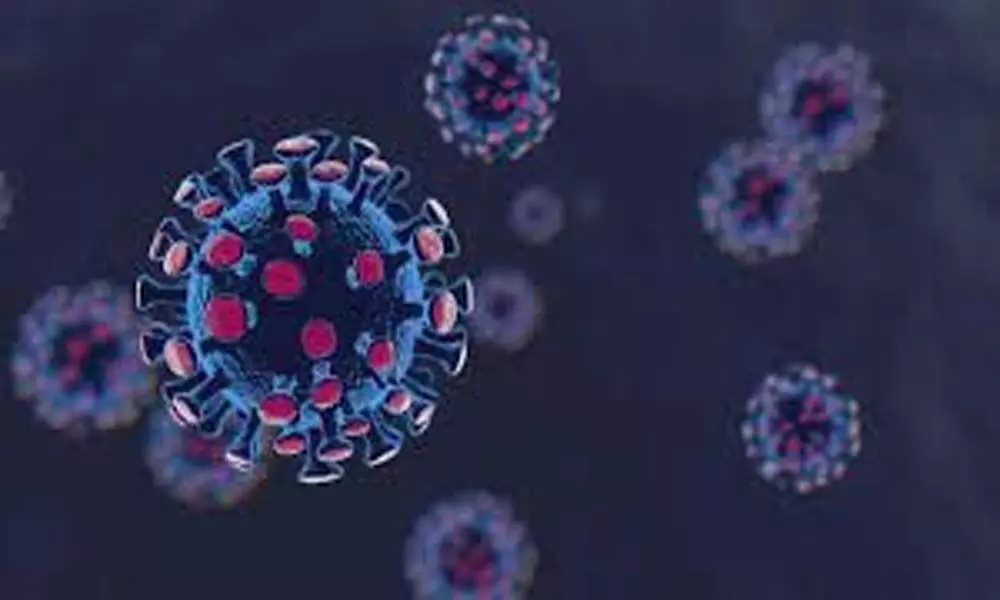Covid 3rd wave may hit India in August
Vaccination is the only solution, says team of economists from SBI group
image for illustrative purpose

The second fortnight of August to mark the beginning of third wave of Covid-19, says a report by the SBI research. India can experience cases around 10,000 somewhere around second week of July. However, the cases can start rising by second fortnight of August, says the report, which has been prepared by the economists of SBI, the country's largest lender. The country has already achieved its second wave peak on May 7, 2021.
In India, we have 51 cases of Delta Plus variant in 12 States by end-June.
New cases in top 15 districts, which are mostly urban increased again in June. But the good thing is that their fatality rate has been constant for three months, says the report.
However, the share of rural districts in new cases has refused to decline meaningfully since July 2020, when it breached 45 per cent and has vacillated since then. Vaccination seems to be the only answer, says the report which has been prepared by a team of economists of SBI under the leadership of Dr Soumya Kanti Ghosh, Chief economic advisor to the SBI group.
Global data shows that on an average third wave peak cases are around 1.7 times the peak cases at the time of second wave. Moreover, the global experience shows that countries with high per capita GDP have been associated with higher Covid- 19 deaths per million, while low per capita countries are associated with low Covid-19 deaths, revealing high income countries suffered more during the pandemic. Delta strain has been detected in the US, the UK, China, Japan, Poland, Portugal, Russia, and Switzerland. It is the dominant variant in the UK and now accounts for 95 per cent of cases being sequenced. Even reasonably vaccinated countries like the UK have been witnessing increase in new cases. For example, Israel has vaccinated nearly 60 per cent of its population completely. Even amongst the children in the age group 12-18 years, 33 per cent have received the first dose and 23.8 per cent have got the 2 doses.
However, even then cases have again started increasing since last week of June (daily new cases average of around 250) with 2125 active cases including 50 hospitalised, says the report.
Talking about vaccination, the report goes on that Indian experience shows that States with high per capita GDP have been associated with higher Covid-19 deaths per million, while low per capita GDP are associated with low Covid-19 deaths. Bihar, Jharkhand, UP, Assam, Odisha, Rajasthan all have low per capita income and low deaths per million. At the same time, Maharashtra, Uttarakhand, Kerala, Karnataka, Tamil Nadu, Himachal Pradesh have high per capita income and high deaths per million.
Pace of vaccination in India picked up recently after the Centre changed the vaccination strategy. The country is now receiving more than 40 lakh vaccination doses per day as shown by 7D MA.
The cases are now hovering around 45,000 from the past seven days. In the first wave as well, the cases declined gradually, with cases above 45,000 for around 21 days before any meaningful decline in daily cases.
Certain States like Rajasthan, Delhi, Himachal Pradesh, Kerala and Uttarakhand have already given vaccine double dose to larger percentage of population above 60 years. Total vaccine doses as per cent of population above 60 years is more than 100 per cent for these states, implying double dose to many.
Overall vaccination in rural areas remains low. Certain States like Gujarat, Karnataka, Kerala, Andhra Pradesh Uttarakhand and Rajasthan have vaccinated greater proportion of rural population when compared to others.

